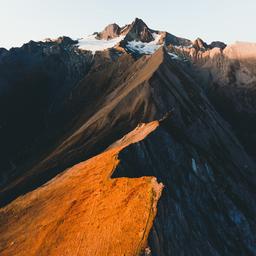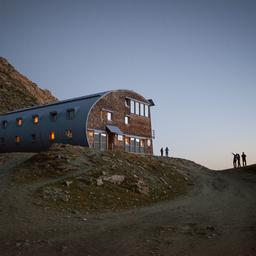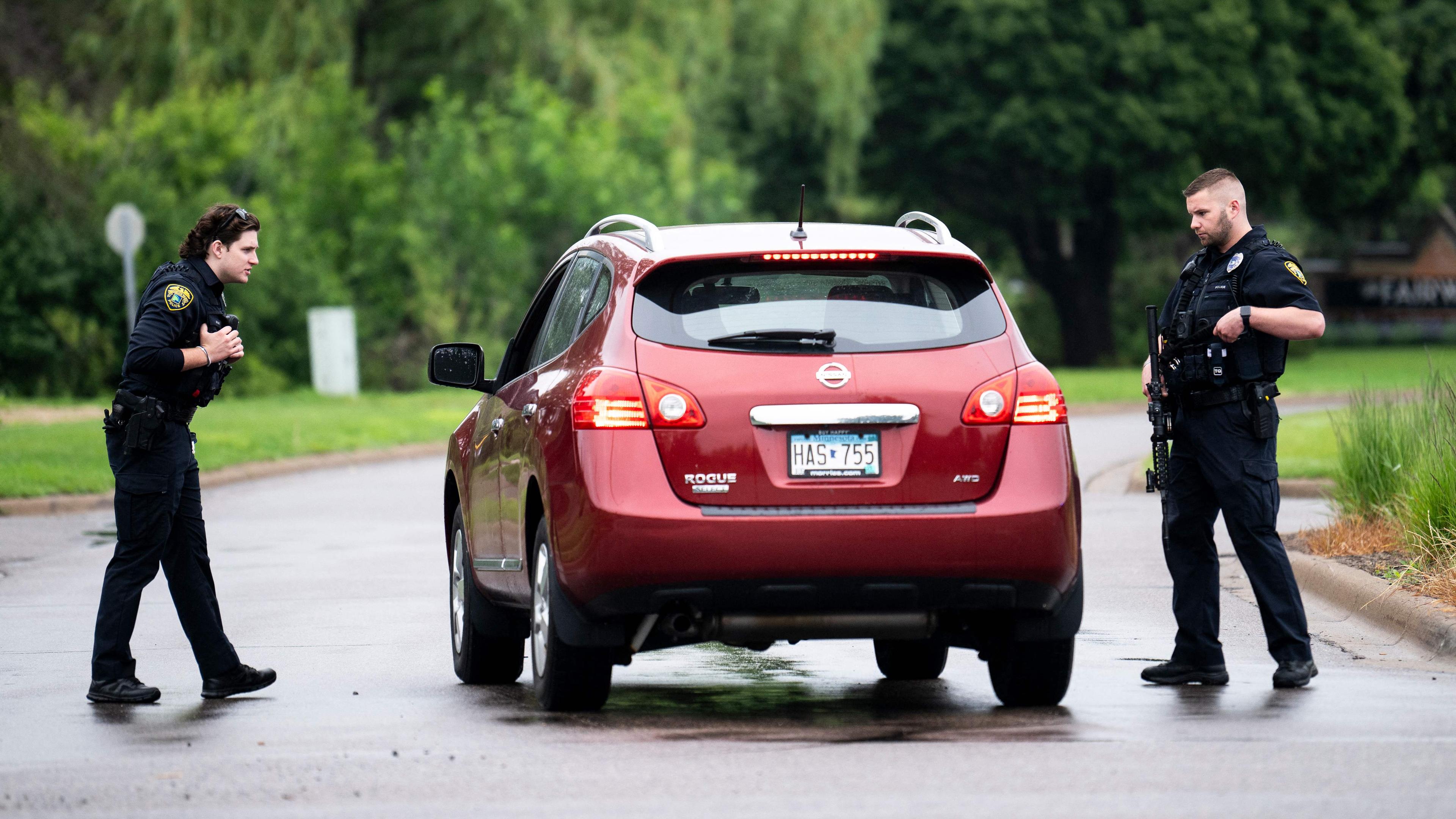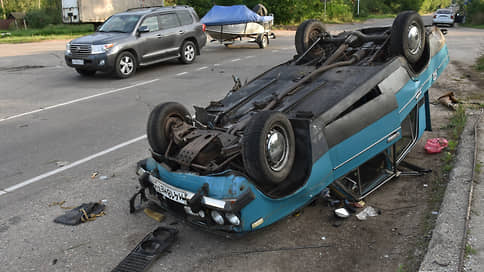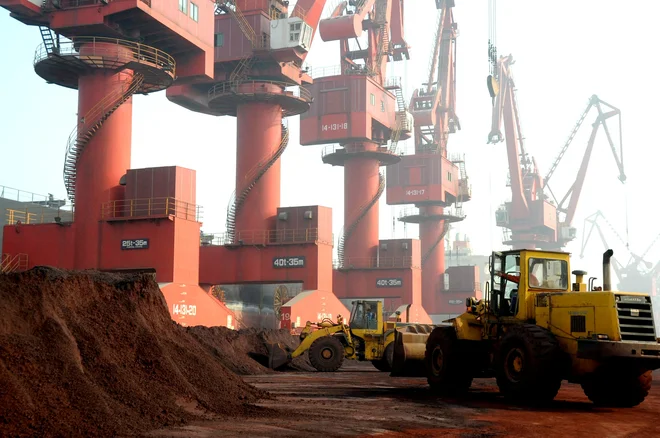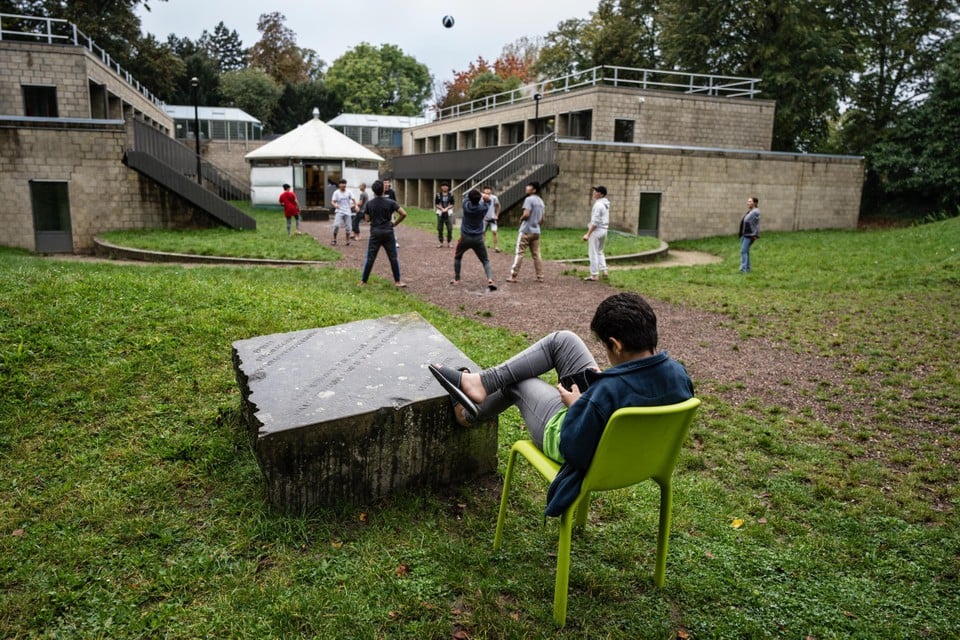Where King Glockner calls a mountain tour
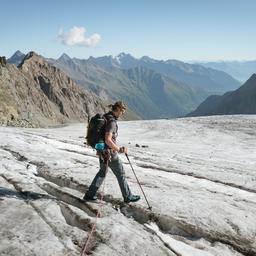
« Good, experienced mountaineers can easily do it, » says Michael Gratz, « and normal mountain hikers, even if they are sure -footed and free of dizziness, have some climbing experience and a good condition. » Michael is 36 years old, mountain guide and speaks of the climbing of the Großglockner, who was first conquered in 1855.
« King Glockner », as they call Austria’s highest mountain here in the East Tyrolean village of Kals, where many tours start, ranked far behind the several four -thousands in the ranking of the highest peaks in the Alps. But you should never underestimate the high tour. Even the normal way to the summit leads over glacier passages and steep firn slopes. It is an undertaking for which a mountain guide is strongly recommended.
When Michael, one of 21 mountain guides in Kals, that is, speaks of good condition, it means that for him that you can create at least 400 meters of altitude per hour without any major problems. One and a half days should be planned for the tour. From the valley floor in Kals to the Lucknerhaus you drive comfortably by car or bus, then it is tight and sometimes quite steeply marched to the Stüdlhütte at 2,802 meters.
The youngest guest, whom the Kalser mountain guide brought to the Glockner, was ten, the oldest 85 years old.
Here the guests meet their guide, who equipped them with crampons, helmets and ropes, together you go up two hours up to the Archduke Johann-Hütte at a proud 3,454 meter height. It is located on a rock in the Glockner Group, then the Großglockner builds up in front of her. In the hut you stay, at 5 a.m. there is breakfast, the remaining 350 meters of altitude to the summit at 3,798 meters are easy to create in one to one and a half hours.
What sounds so light and undramatic is quite hard in reality. The path is exhausting, 16 kilometers of the distance and 1,900 meters of altitude are to be mastered – and that puts many hikers to their limits. « Set step before step and stop taking a breath, » says Michael.
Sometimes the path is a little exposed – means: on one or both sides, the area falls steeply – or a short piece also leads over the glacier. Some places require light climbing, but they are well secured. The youngest guest, whom the Kalser mountain guide brought to the Glockner, was ten, the oldest 85 years old.
Unforgettable summit happiness
« If you are at the summit cross at sunrise, relieved and proud, that’s a special moment, » says Michael. « There is a total feeling of happiness with everyone, especially with those who have often dreamed of the summit for many years and prepared for a long time. »
Austria’s highest mountain in view: hikers march towards Großglockner. Photo: Peter Maier/Tirol Advertising/dpa
The woman who has made it up to all the man who despite her multiple sclerosis remains unforgettable; Even the young man who had almost given up after a serious motorcycle accident and still reached the summit with an iron will. This does not go by Michael Gratz without a trace. With such people at the summit cross, that moves: « That also touches me deep inside. »
Anyone who is traveling with mountain guides is on the road as safe as possible, says Michael. There have not been serious accidents or even crashes with the Kalser Guides in 15 years. The mountain guide estimates that 95 percent of all accidents went into the account of single climbers who strayed in the fog, slipped into rock and ice and then had to be recovered by the mountain rescue service.
New buoyancy for mountaineering village
A few years ago it was not good for the mountaineering village itself: the climbing of the Großglockner did not bring enough, and the few lifts for skiing were hopeless. Then Austria’s largest private lift operator invested: the Schultz Group modernized the facilities, created a lift connection to the main valley to Matrei and opened a luxurious four and a half-star hotel in Kals with the « Gradonna Mountain Resort », which opened up a new, financially strong clientele.
Since then, tourism has been flourishing in Kals. Holiday guests who do not car on the Großglockner are available to have an abundance of unequal lighter, yet spectacular hiking trails. Anyone who drives the Kalser valley up to the “Adler Lounge” to 2,421 meters can enjoy the view of the Großglockner and 60 more three -thousanders when they are clear and a little luck.
Well -marked paths lead sophisticated hikers over the Gornergrat to the Rotenkogel (2,762 m), less ambitious walks over the high plateau or comfortably down to Kals. There, the almost 20 kilometer -long Talrundweg, which hikers mastered with tight calves in six to seven hours, lures the bold suspension bridge over the thunderous Kalserbach.
Families with children can divide their way into seven stages and easily go through the wild-romantic gorge, which, like the Großglockner, belongs to the Hohe Tauern National Park. With two cozy huts at the exit, the gorge is a spectacular but family -friendly alternative to the « King Glockner ».
Oregon and the ban on the ocean
Rice information
Destination: Kals on the Großglockner, as the place is officially called, is located in the Kalsertal in East Tyrol and is surrounded by Bergen, including the 3,798 meter high Großglockner, Austria’s highest mountain. The place is also in the Hohe Tauern National Park.
Arrival: From Luxembourg-Stadt, Kals/Matrei can be reached free of charge to the Kufstein exit and the subsequent, Felbertauernstraße from there to the Kufstein exit and the Intal Autobahn A 12. The next railway station is Lienz, from the buses to Matrei and Kals.
Großglockner ascent: The Mountain and Schiführerverein KalS offers glockner piling for two people for 430 euros per person; With a guide alone, 675 euros are due; Equipment is included, plus hut costs.
Alternatives: The Talrundweg Kals leads to a maximum of 1,582 meters and promises « gentle hiking for all age groups ». It is 19.5 kilometers long, seven hours should be estimated. As a moderate tour, the 65.6 -kilometer long Höhenweg Glocknerkrone is classified, which can be created in six daily stages and also leads through high alpine terrain on up to 2,834 meters. 31 hours are given as a pure walking time.
More information: osttirol.com/kals


